How Smart Lighting Revolutionizes Our Illumination
Smart lighting revolutionizes interactions with environments, enhancing control, efficiency, and personalization while promoting convenience, security, and sustainability.
Smart lighting has reimagined and keeps reimagining not just the way we think about but, of course, interacting with the environment around us, offering unparalleled levers of control, efficiency, and personalization. Focusing on the greater smart home and smart city ecosystems, smart lighting blends advanced technology into traditional forms to create intelligent solutions that add significant value to the quality of our lives and contribute toward sustainability.
Smart lighting is a network of lighting devices that are controllable remotely through smartphones, tablets, and voice assistants. These are systems that offer the user control over dimming, changes in color, setting schedules, and even automatic response to environmental changes. Smart lighting can enhance convenience, security, and energy efficiency, finding a wide application in residential and commercial users.
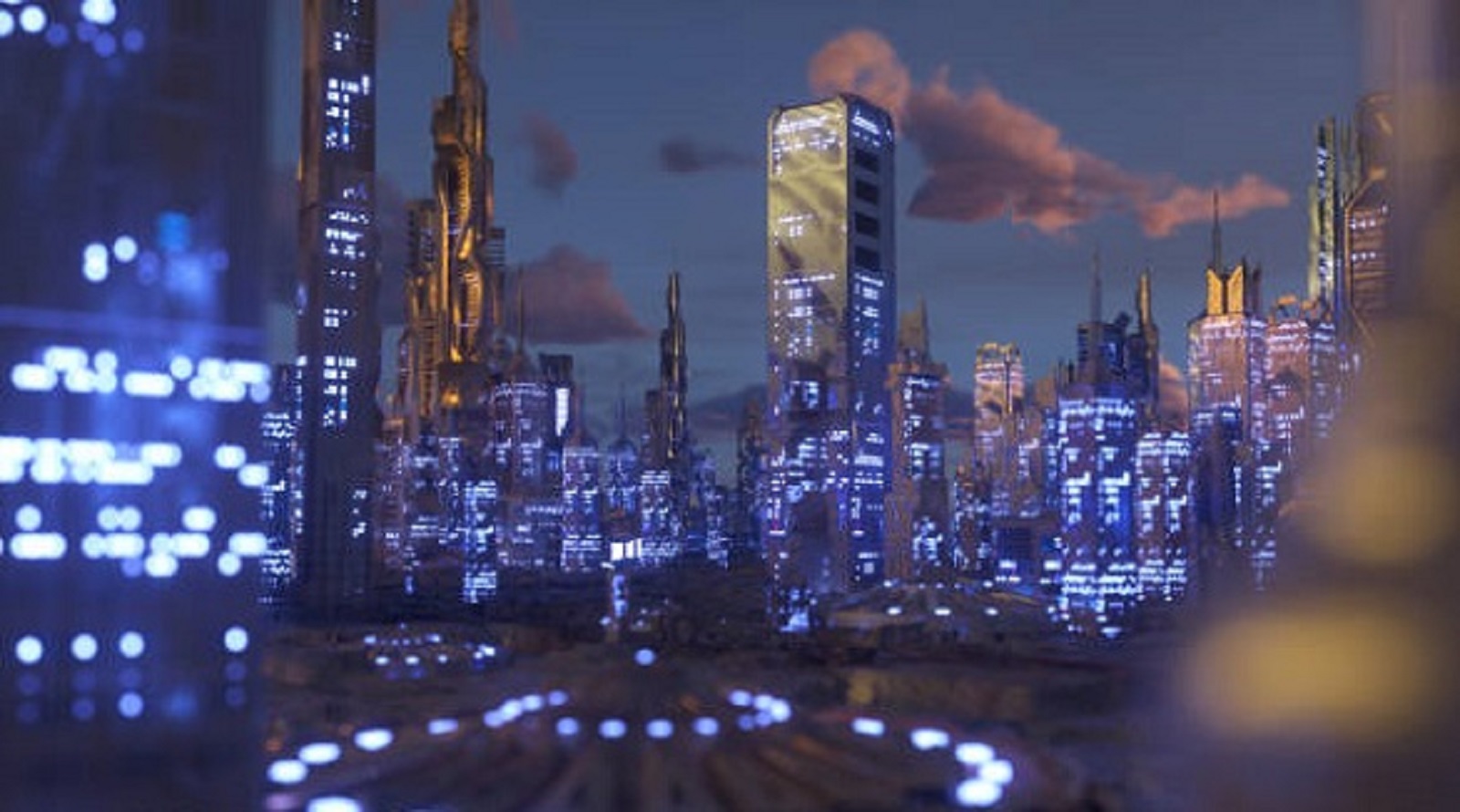
Components of Smart Lighting Systems
Smart Bulbs and Fixtures: The core of smart lighting is smart bulbs and fixtures that have built-in wireless connectivity options like Wi-Fi, Zigbee, or Bluetooth. These bulbs can easily be integrated into existing lighting systems for remote control.
Controllers and Hubs: Most smart lighting systems have a central controller or hub that enables communication between your smart devices and lighting fixtures. This hub makes sure everything works seamlessly across different platforms and devices.
Mobile Applications and Interfaces: Smart lighting is generally controlled through mobile applications or voice control interfaces, thus providing an easy way of managing lighting settings, creating schedules, and setting scenes.
Sensors and Automation: Advanced sensors in smart lighting can respond to movement, ambient light, or even occupancy and make automatic adjustments that enhance efficiency and comfort for the occupants.
Benefits of Smart Lighting
Energy Efficiency: The greatest advantage of smart lighting is that it saves energy. Smart lighting uses LED technology and allows for very precise control of lighting levels, significantly reducing electricity consumption. Automation features like motion sensors and daylight harvesting ensure that lights are used only when required.
Convenience and Control: Smart lighting systems offer unparalleled convenience by letting users control their lights from anywhere in the world using their mobile devices. Custom settings make it easy to switch between lighting moods and scenarios, hence ideal for both residential and business environments.
Enhanced Security: Smart lighting enhances home security through the simulation of occupancy and, thus, acts as a deterrent against a potential intruder. Features like scheduling lighting and remote control offer peace of mind during vacations and longer periods away from home.
Personalization and Mood Setting: The wide range of colors and intensities available with smart lighting can serve to personalize the environment by using colors that match your mood or occasion. Whether it is a party, a cozy reading nook, or a relaxing ambiance, smart lighting immediately changes the atmosphere.
Smart home integration: The technology for Smart Lighting can be integrated into the other smart home systems regarding smart thermostats, security systems, and others based on voice assistants from Amazon Alexa or Google Assistant. Integration into a smart ecosystem empowers intuitive responses that could enhance personal appeal or respond to user needs.
Challenges and Considerations
While there is so much that smart lighting does for us, challenges do exist:
Initial Costs: Most of the time, smart lighting solutions require a higher upfront investment than traditional solutions. Long-term energy savings, in addition to convenience, usually outweigh the costs.
Compatibility: Not every smart lighting product is designed to work with each smart home system or hub. This makes it important to make sure the devices selected will work with your current infrastructure.
Privacy and Security: Most connected technologies have their worries when it comes to privacy and security. Users will use their networks securely to keep third-party users from reaching your smart lighting system.
Complexity and Learning Curve: Some may even find smart lighting complex in the first instance, somewhat daunting. However, several brands focus on ease of use to make it pretty smooth for the transition.
Future of Smart Lighting
And that was just the beginning, really-the future of smart lighting can be quite different. The trending evolutionary changes include:
Artificial Intelligence and Machine Learning: AI integration into the Smart Lighting System allows for training it to learn from users, adapting lighting to individual comforts by making automatic adjustments that better allow for efficiency.
Advanced Sensor Integration: Future smart lighting installations could include a greater number of environmental sensors that provide air quality, temperature, and occupancy patterns.
Increased Interconnectivity: The ability of smart lighting systems will definitely increase to connect with an expanding array of devices, both existing and emerging, enabled through the IoT.
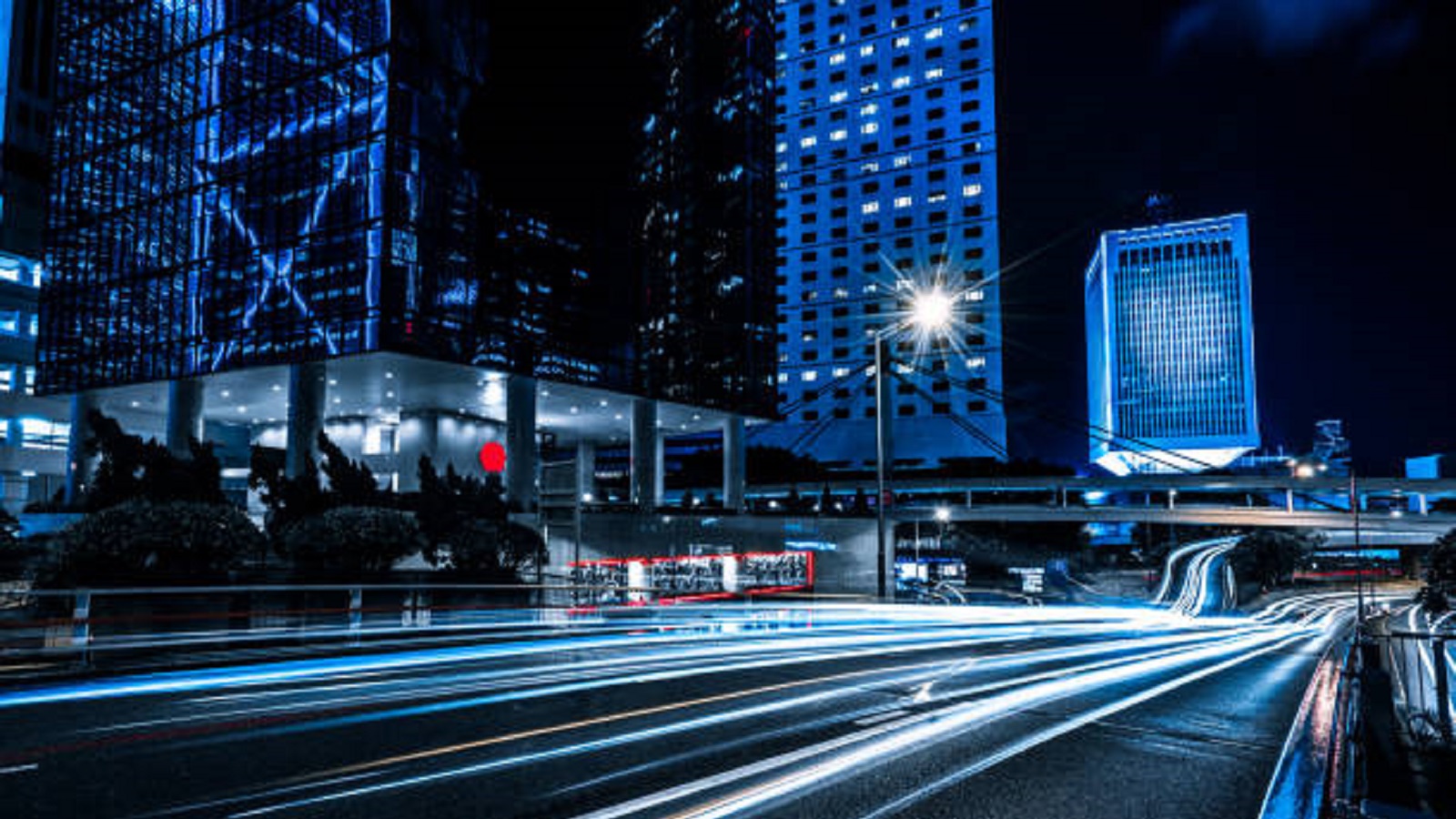
In the end, smart lighting represents a big stride in how we light up the world around us. Putting together technology, efficiency, and personalization, it opens a view toward a future where the way we use lighting is proactive for our well-being and sustainability. As the world moves to smarter and connected environments, smart lighting cannot miss a central place within this evolution.
Hot Tags:
Contact us

If you can't find what you're looking for, please contact us.
Article
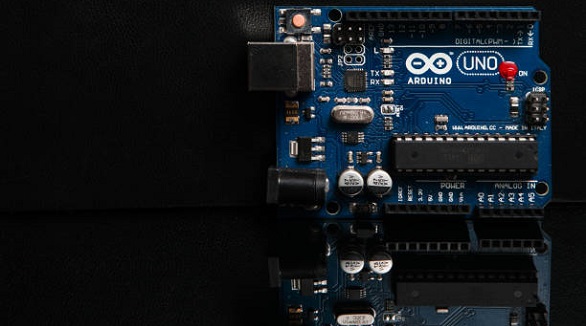
Arduino Leonardo and UNO both excel in electronics, with Leonardo suited for HID and USB projects, while UNO is cost-effective for beginners and simple tasks.
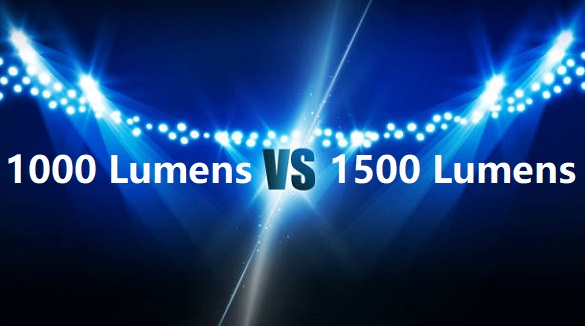
Choose 1000 lumens for moderate brightness and energy efficiency in smaller spaces; opt for 1500 lumens for brighter coverage in larger areas.
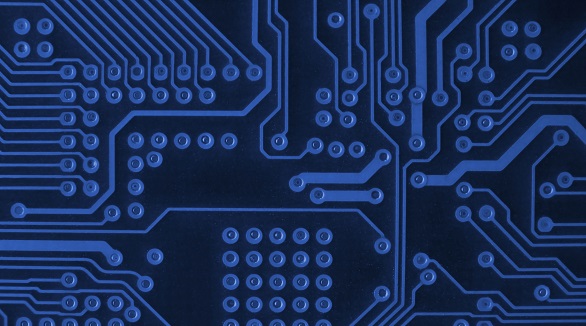
Designing PCBs for IoT demands innovation to tackle space, power, connectivity, and security challenges, ensuring robust, efficient, cost-effective devices that meet modern technological demands.